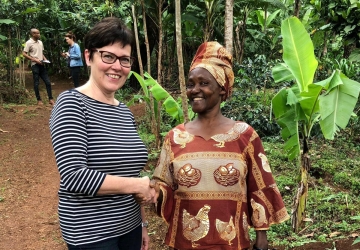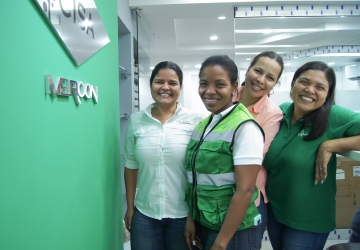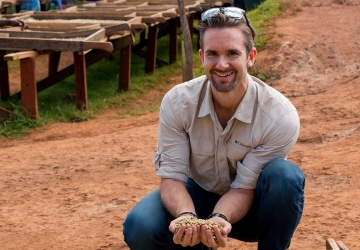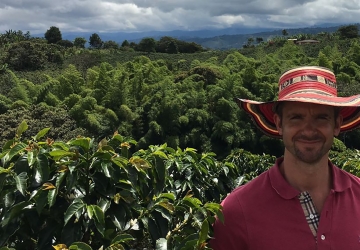Entire community behind coffee
22.1.2018
I clap my hands to the rhythm and try to keep up with a Spanish song with preschool children, their teacher and my colleagues Minna and András. You might be thinking what’s this got to do with being a coffee buyer?
Bienvenidos amigos de Paulig
Welcome friends from Paulig is written on the signs made by the pupils as we arrive at the San José de la Luz school. Due to its remote location in northern Nicaragua, the municipality rarely receives visitors, especially from this far. The children have serious expressions on their faces — it’s quite obvious that they’ve been anxious all morning to meet us. As soon we get to the classrooms to talk with the pupils and tell them that we’re from Santa’s home country, the atmosphere immediately relaxes.
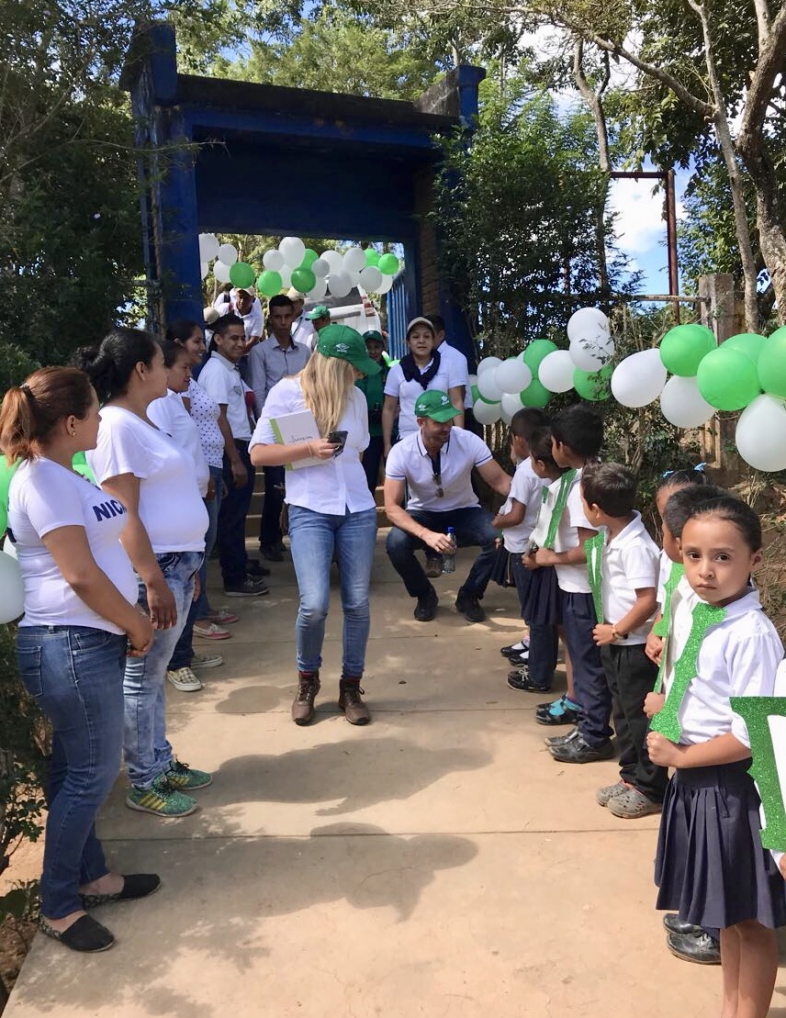
Coffee community developed by cooperation
The community of San José de la Luz has the same number of residents as there is, for instance, in the municipality of Hartola or Parikkala in Finland. Of the 260 families, 90 per cent make their living from coffee. The hundred or so pupils of the community school have not had clean water to drink before. During a joint project involving Paulig and their long-time partner, a local coffee exporter, Mercon, a clean-water system and new sanitary facilities were built for the school. In addition, the school premises were renovated. By the time of our visit, the renovation work has been completed.
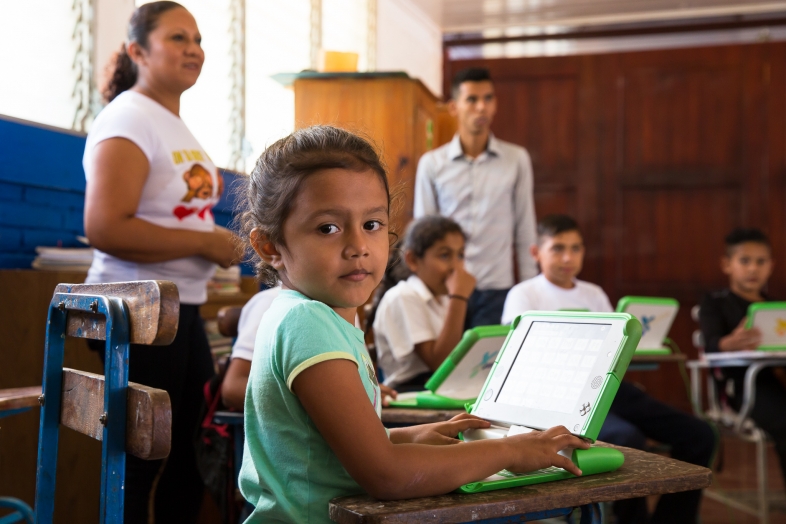
Our partner’s development programme emphasises the quality of teaching by educating teachers and with the help of digitality.
Softly sweet coffee beans, like the ones used in the Presidentti coffee blend, originate from this region. Paulig has a long-term commitment to acquire coffee from this particular region, and we want to support the entire community in order to ensure that coffee can be cultivated in the region long into the future. Unfortunately, not every child can go to school in Nicaragua. Therefore, by developing the school, we are making it possible for more and more children to go to school and, in this way, we are also furthering the development of the entire community. We are participating in developing the community in other ways, too, such as by building new mills that are needed for processing coffee cherries. Learn more about this in our next blog post.
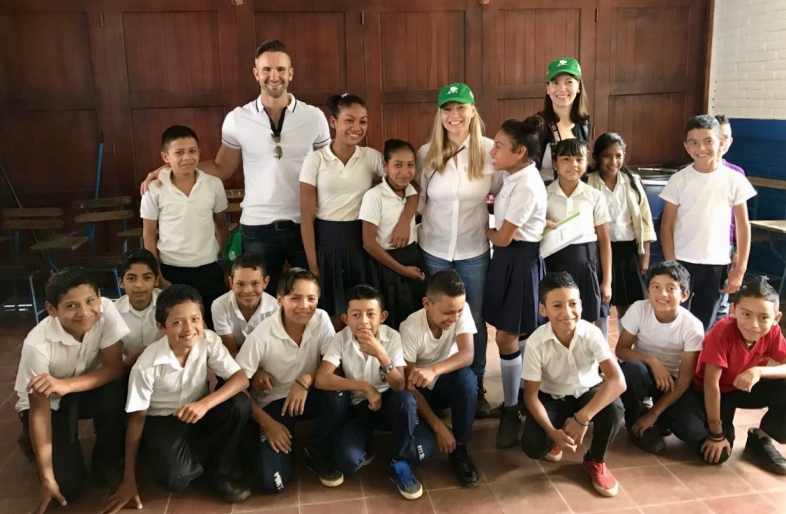
There are around one hundred pupils at the San José de la Luz school. The first classroom was built in 2001. Now there are classrooms situated in several buildings and, last year, the first high-school students graduated.
Greetings from exotic Finland
A lot of parents have arrived at the school. Many of them are coffee farmers. We get a chance to thank them personally for the hard work they do in order to maintain the high coffee quality and to pass on our greetings from Finland. Not many coffee farmers know where the coffee beans they have cultivated with their hard work will end up. The farmers of this region can proudly say that the coffee they have farmed ends up in the cups of a northern coffee-loving nation. I believe that these encounters encourage farmers to keep up the good work with coffee. To hear the thanks of parents, farmers, teachers and pupils is the best feedback you can receive in this work. The great taste of coffee really is made together.
With warm coffee regards,
Anna
Coffee facts about Nicaragua:
- characteristic of this coffee is the large size of the beans and the sweet-soft flavour;
- most of this coffee is cultivated in the north, near the border with Honduras;
- the coffee is typically dried on large patios under the sun;
- coffee plants grow at a height of 800–1,200 metres.



